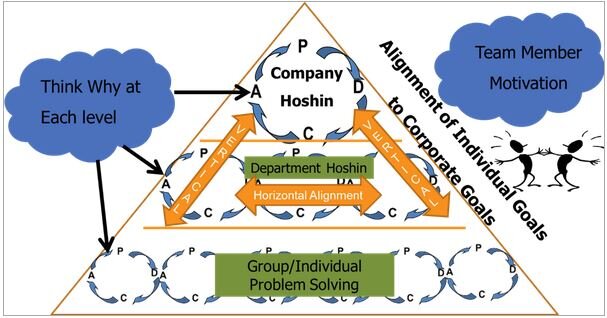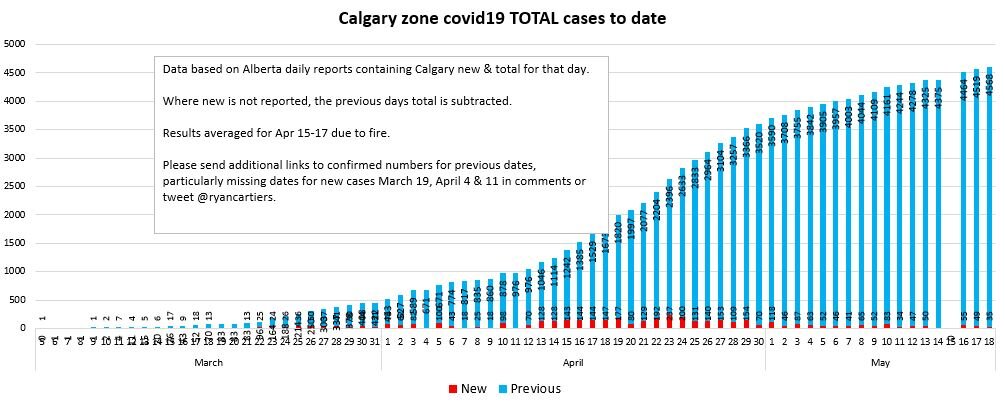This is particularly interesting to me as it is managed differently from lean healthcare and still profitable. I’m curious how adding an element of cross training to increase staff flexibility would affect it. For those who think lean is the answer, stay open minded, there may be much to learn here.
Points for my notes:
“A pulmonary thromboendarterectomy. in the U.S., the procedure can cost more than $200,000. Shetty did it for about $10,000 and turned a profit.”
“outcomes for patients meet or exceed international benchmarks. Surgery for head and neck cancers starts at $700.
Endoscopy is $14;
a lung transplant, $7,000.
Even a heart transplant will set a patient back only about $11,000.”
“investment bank Jefferies estimating that it can profitably offer some major surgeries for as little as half what domestic rivals charge.”
“In 10 years, India will become the first country in the world to dissociate health from affluence.
India will prove that the wealth of the nation has nothing to do with the quality of health care its citizens can enjoy.”
“he learned that the cause of their complications was simple:
The patients couldn’t afford the protein their bodies needed to mend.
So he began handing out hard-boiled eggs;”
“upskilling or task-shifting.”
“the average Narayana surgeon performs as many as 6 times more procedures annually than an American counterpart.”
“surgical gowns are procured from a local company for about a third of the cost of international suppliers.
The tubes that carry blood to heart-and-lung machines are sterilized and reused after each surgery; in the West, they’re thrown away.
The machines themselves, along with devices such as CT and MRI scanners, are used well past their warranties, kept running by a team of in-house mechanics.”
“Whereas preparing a U.S. surgical theater for the next patient can take 30 minutes or more, Narayana has gotten the process down to less than 15”
“in part by keeping turnaround teams with fresh instruments, drapes, and other supplies on immediate standby, ready to roll the moment a room is available.
Even patients’ families are part of the upskilling model. Narayana trains them to bathe patients and change bandages in the hospital, as they’ll do when they get home.”
"the retail cost of a heart bypass, its most common operation, down to $2,000, about 98% less than the U.S. average."
“mortality rates are comparable to or lower than those in the developed world, at least for some procedures.”
“also outperforms Western systems in results for valve replacements and heart-attack treatment”
“it may become a model not only for competitors in India but also for Western health-care operators, which are trying desperately to contain costs. Nowhere is this more true than the world’s most expensive health-care market, the U.S.”
Full article link: https://www.bloomberg.com/news/features/2019-03-26/the-world-s-cheapest-hospital-has-to-get-even-cheaper






































